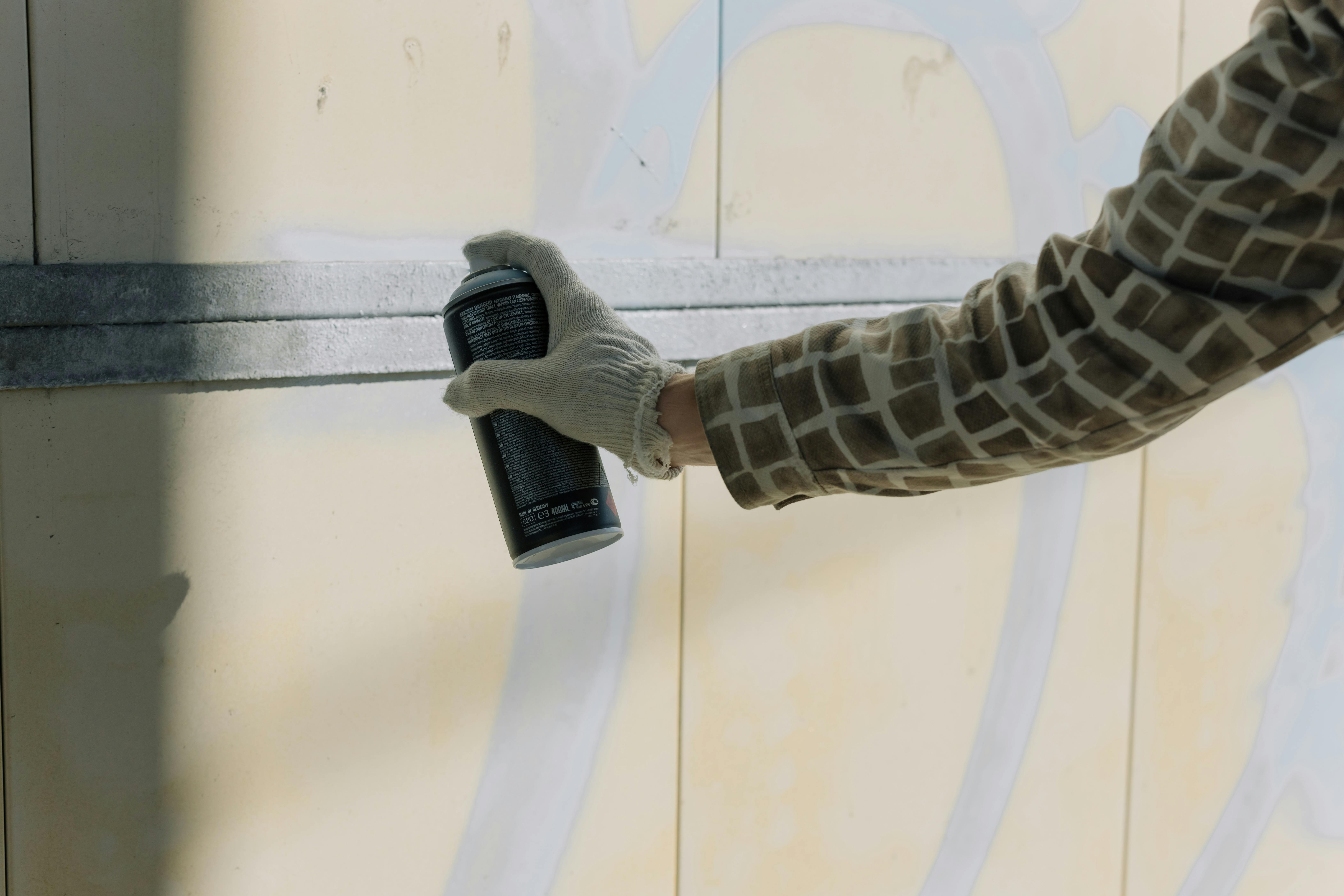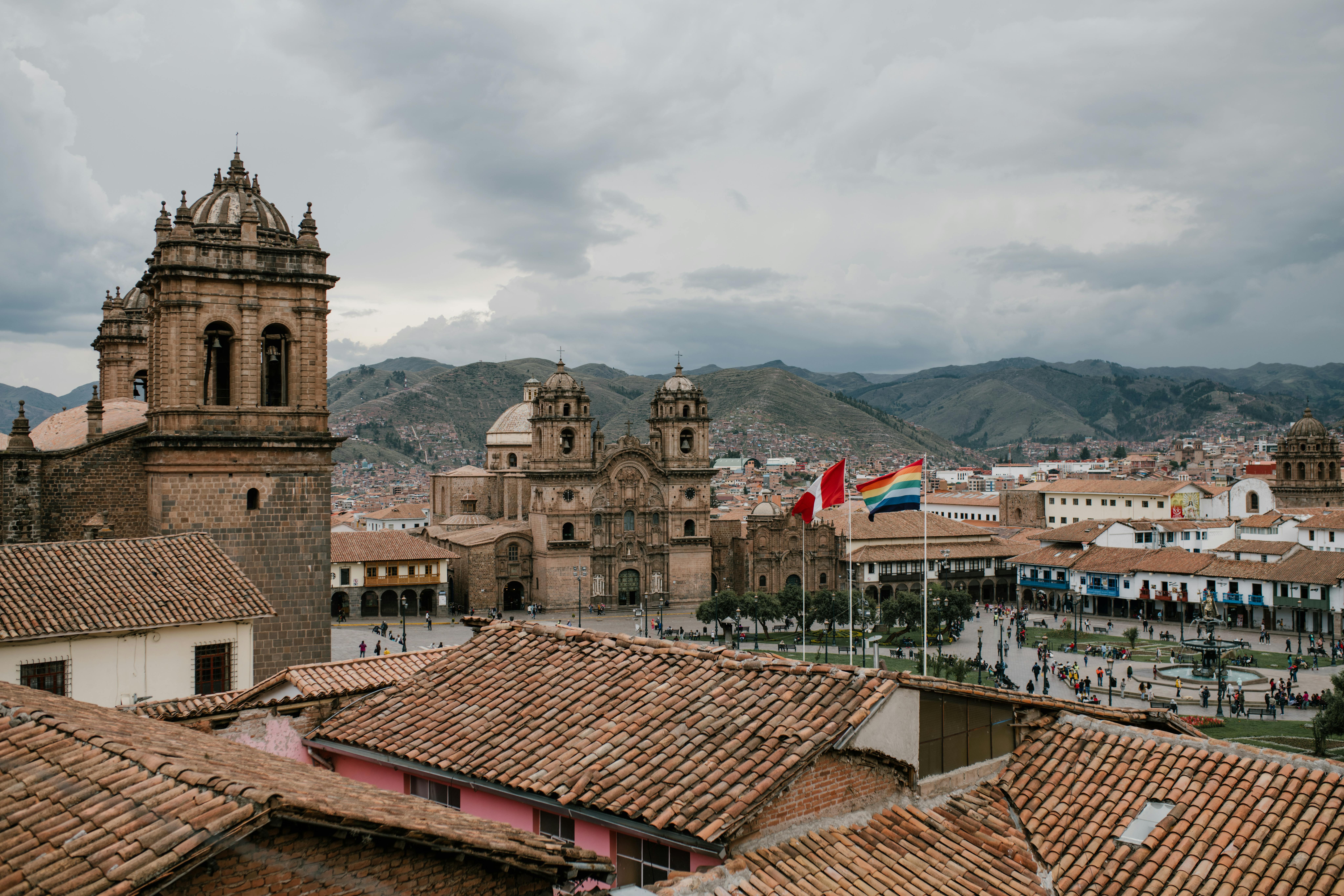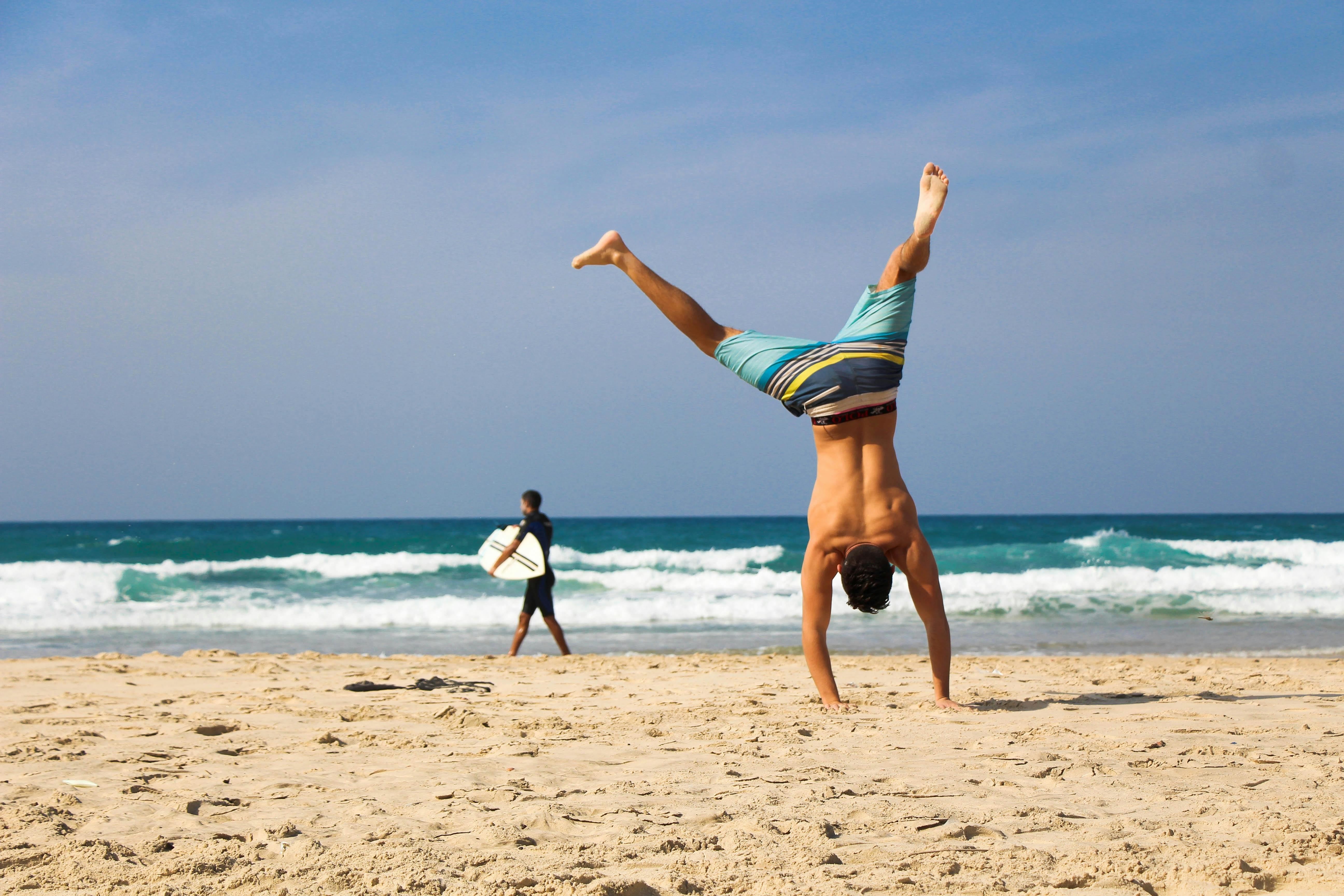Nevado Chachani – 19,872 feet December 3 and 4
I was really looking forward to climbing Chachani as it was a new 6,000 meter mountain for me. When Nathan and I did a training hike on a low knoll on the side, we were met by a driver who takes climbers to trailheads and gave us driving instructions. There are two ways to get to the trailhead; one is the rough gravel road between Misti and Chachani, and the other is to take the paved road that goes to Chivay and the Colca Canyon. The paved road is a bit longer, and just after passing a toll booth, you should turn right onto a gravel road that takes you around the back of Chachani. If you are taking the old gravel road between Misti and Chachani, after climbing past the two mountains you come to a “Y”, the right fork takes you to the trailhead at the back of Misti and the fork on the left leads him behind Chachani. .
Both routes take approximately the same time; it is a matter of comfort versus cheaper (less fuel and no toll). Coming from any direction, take the only road that heads towards Chachani. It’s not much of a road, just a jeep trail that winds up the mountain. You will pass another sign “Reserva Nacional Salinas y Aguada Blanca”, this one is in English, at 4210 meters. The one at the Misti trailhead is about 400 feet higher than the posted 3415 meters; I don’t remember checking the accuracy of the signal behind Chachani. This area is a protected reserve for vicuñas, guanacos and Andean deer, we saw quite a few vicuñas, but not the others. The road becomes more and more rugged, with a lot of loose sand; I wouldn’t try it without four wheel drive. At one point you have the option of going more or less in the direction of Chachani, or turning right. I recommend going to the right, which is a less steep climb. The other one might be fine for the return downhill, but we didn’t use it. We again asked Lucho to come with us to take the car to meet us the next day, however the trailhead is so remote and difficult to reach that I don’t think there is any problem leaving a vehicle unattended there during the climb. At 5:30 pm we reached a fairly level area at 15,990 feet and camped there. The trail continues up, but we didn’t want to sleep higher because Smiley was concerned about his lack of acclimatization, especially to sleeping.
In the morning, we decided to pack up our tents and hide them along with other unnecessary equipment behind some rocks a bit far away, and we started climbing at 6:35. Half an hour later we arrived at another sign of the National Reserve, this one said “Nevado Chachani Base Camp” in English. It showed 4855 meters (15,924 feet) but our GPS and altimeters were around 16,600 feet. All the signs seemed to be wrong in elevation, and most of them had the elevation numbers partially crossed out. At 8:05 we saw some rock wall camps at 17,400 feet. A mining road used to continue here, but it has not been maintained and became impassable even for 4x4s about 15 minutes below the camps.
From here it is best to go up a sand ravine to a saddle, there is a track that we did not see until we were going down. We were trying to follow the old road up, but the trail ran out and we had to take a rough, untracked traverse into the ravine. At 9:30 we reached the saddle, and from there the trail descends a bit to traverse a lower peak on the way to the summit. Some of the trip reports mention snow here and the need for crampons due to the steep incline, but there was no snow when we did it in December. There were some small patches of snow ahead, near the top; but mostly it was just a winding sand path, lots of ups and downs until we got to the top. We got there at 12:20 with a bright sun and a cold wind. The summit is marked by a small rebar cross and great views, including neighboring El Misti and further afield, Ampato and Coropuna, both of which were calling out to us.
After 35 minutes at the top, we went back down. Nathan, being young and full of energy, wanted to pocket the summit of Cerro Nocarani (18,980′) on the way down, but he found no other takers, so he decided not to do it alone. At 17,800 feet we saw a high camp on some gray gravel, which we had not seen on the way up. We reached the top sign at 3:15 and returned to our camp at 3:50 pm for a total time of 9 hours and 15 minutes. Many people who climb these mountains are not fit or acclimatized. However, because they are technically easy (Chachani is supposed to be one of the easiest 6,000-meter peaks in the world), many people want to try climbing them. Therefore, there are a large number of camps for those who need two or three days to acclimatize during the climb.
If you want to read about another mountain we climbed at the same time, check out the ezine article on Ampato




Recent Comments